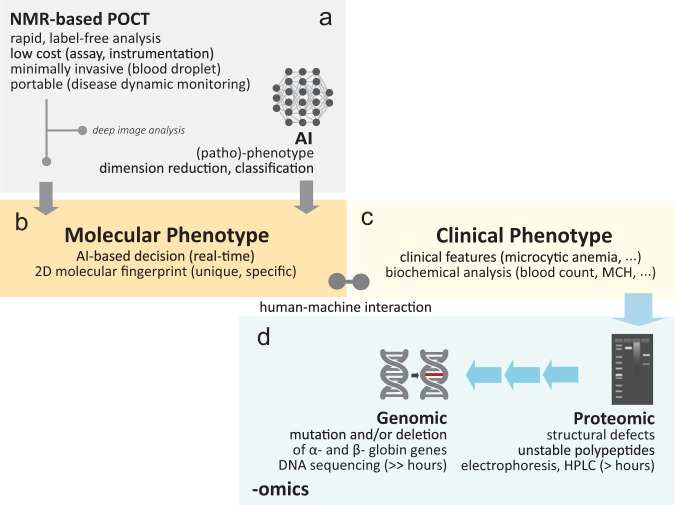Fig. 2. A proposed scheme of human-machine interaction for rapid, label-free disease detection in clinical hemoglobinopathies.
a The NMR-based POCT is used with (or without) the assistant of artificial intelligence (AI). b The highly unique and detailed 2D magnetic resonance-based molecular fingerprint can be used directly (without AI) for rapid screening. c Clinical phenotype (e.g., clinical representation) can be bias due to subjective human judgment. With AI, deep image analysis (e.g., hierarchical clustering, dimension reduction) were performed to transform the highly complicated data (e.g., hyper dimension) into human friendly information to assist in medical decision making (e.g., diagnostic, staging) in real-time mode (Fig. 6). d Multi-omics information (e.g., proteomics, genomics) may be performed simultaneously to confirm the genetic variants and/or other anomalies. Back-end laboratory and time consuming test (e.g., high-performance liquid chromatography (HPLC)) may be by-passed depending on the outcome of the molecular phenotyping.

